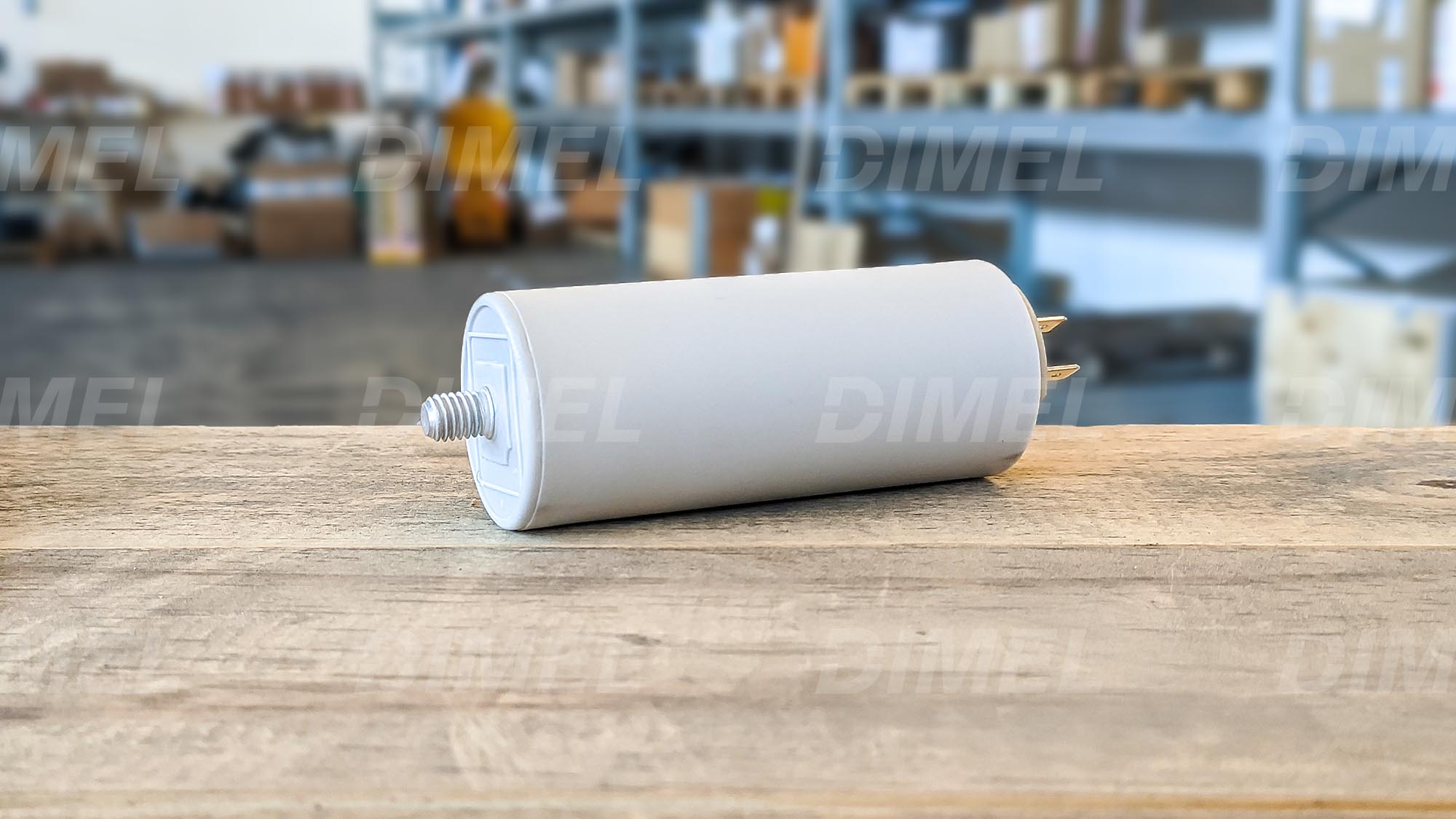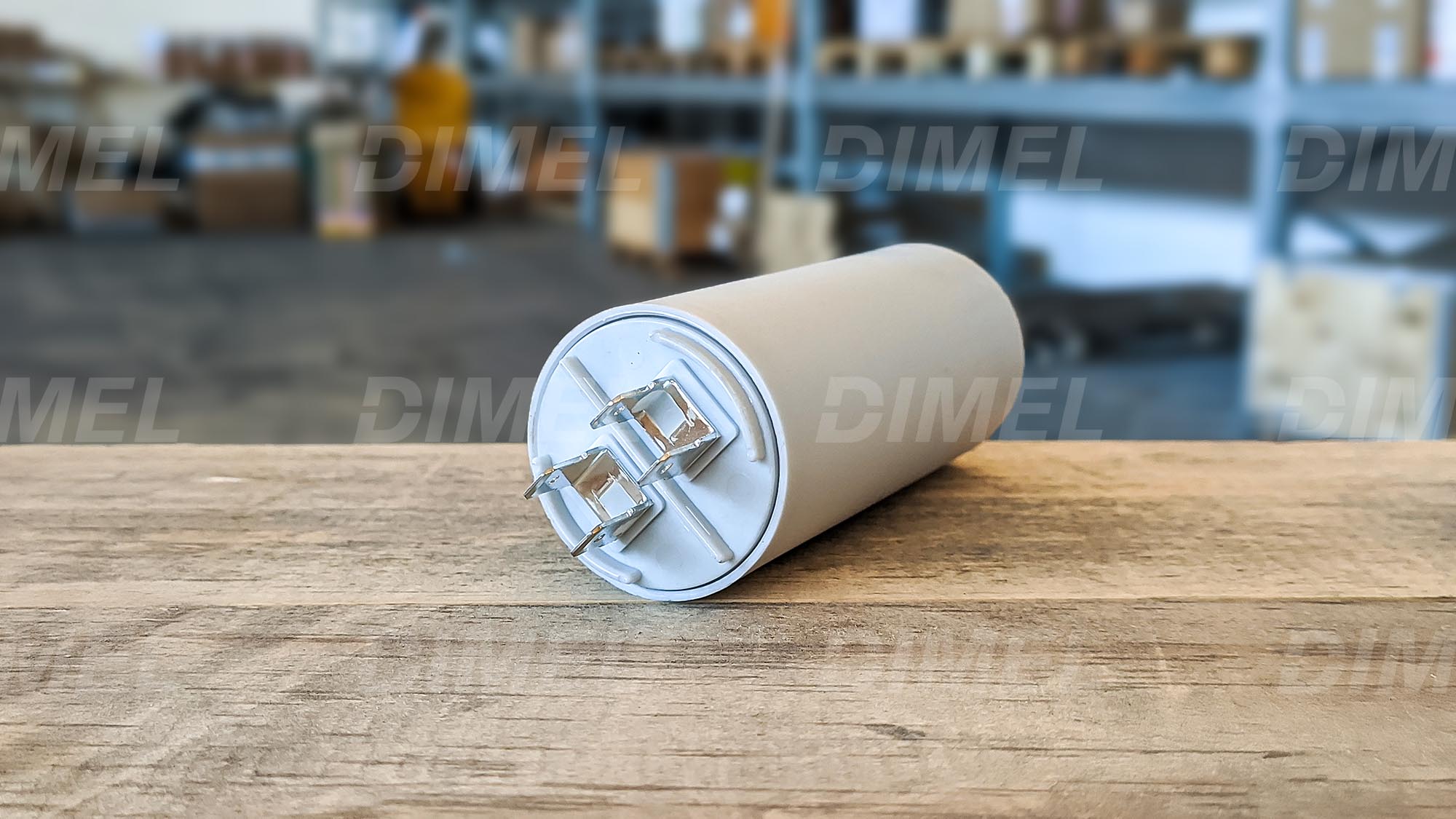Capacitor: Technology and Applications
The capacitor is one of the fundamental electronic components, used in a wide range of applications, from electronics to electrical power distribution. Its main function is to store electrical energy in the form of charge and then release it when needed. In this article, we will explore the technology of the capacitor, its most common applications, and the advantages it offers.
Technology of the Capacitor
A capacitor is a device that stores electrical energy in the form of electrical charge. It consists of two conductors separated by an insulating material known as the dielectric. When a voltage is applied to the conductors, positive charges accumulate on one conductor while negative charges accumulate on the other. The ability of a capacitor to store charge is measured in farads (F), the unit of electrical capacitance. The amount of charge a capacitor can store depends on the properties of the dielectric, the surface area of the conductors, and the distance between them.
There are several types of capacitors, each designed for specific applications. The most common types include electrolytic capacitors, film capacitors, and ceramic capacitors. Electrolytic capacitors are known for their high storage capacity and are mainly used in low-frequency circuits, while film and ceramic capacitors are more common in high-frequency applications and precision circuits.
Applications of the Capacitor
Capacitors are used in a wide range of applications, both in electronics and industry. In electronics, capacitors are used for filtering signals, stabilizing voltage, and in timing circuits. For example, in electronic power supplies, capacitors are used to smooth voltage fluctuations and provide a temporary energy reserve.
In telecommunications, capacitors are used in modulation and demodulation circuits, as well as in antennas. Additionally, capacitors are employed in electric motors to improve the power factor and in solar applications, where they are used for storing and releasing energy.
Capacitors are also used in energy storage systems, such as supercapacitors, which can store large amounts of energy and release it quickly when needed. These systems are used in automotive applications, for example, in electric vehicles, where supercapacitors provide additional energy for rapid acceleration.
Advantages of the Capacitor
One of the main advantages of capacitors is their ability to store energy quickly and efficiently. Compared to batteries, capacitors can charge and discharge energy in much shorter times, making them ideal for applications that require an immediate release of energy, such as in timing circuits and electronic devices.
Another advantage is their long lifespan. Capacitors, especially film and ceramic types, have a very long operational life and can function over a wide range of temperatures without losing efficiency. Furthermore, capacitors are relatively simple and robust devices that require no maintenance and are resistant to mechanical stress.
Finally, capacitors are versatile devices that can be used in a variety of applications, from power supply and voltage stabilization to energy storage and power factor improvement.
In conclusion, the capacitor is a fundamental electronic component that plays a crucial role in many applications. Its ability to store energy, long lifespan, and versatility make it an ideal choice for a wide range of sectors, from consumer electronics to renewable energy.
Technology of the Capacitor
A capacitor is a device that stores electrical energy in the form of electrical charge. It consists of two conductors separated by an insulating material known as the dielectric. When a voltage is applied to the conductors, positive charges accumulate on one conductor while negative charges accumulate on the other. The ability of a capacitor to store charge is measured in farads (F), the unit of electrical capacitance. The amount of charge a capacitor can store depends on the properties of the dielectric, the surface area of the conductors, and the distance between them.
There are several types of capacitors, each designed for specific applications. The most common types include electrolytic capacitors, film capacitors, and ceramic capacitors. Electrolytic capacitors are known for their high storage capacity and are mainly used in low-frequency circuits, while film and ceramic capacitors are more common in high-frequency applications and precision circuits.
Applications of the Capacitor
Capacitors are used in a wide range of applications, both in electronics and industry. In electronics, capacitors are used for filtering signals, stabilizing voltage, and in timing circuits. For example, in electronic power supplies, capacitors are used to smooth voltage fluctuations and provide a temporary energy reserve.
In telecommunications, capacitors are used in modulation and demodulation circuits, as well as in antennas. Additionally, capacitors are employed in electric motors to improve the power factor and in solar applications, where they are used for storing and releasing energy.
Capacitors are also used in energy storage systems, such as supercapacitors, which can store large amounts of energy and release it quickly when needed. These systems are used in automotive applications, for example, in electric vehicles, where supercapacitors provide additional energy for rapid acceleration.
Advantages of the Capacitor
One of the main advantages of capacitors is their ability to store energy quickly and efficiently. Compared to batteries, capacitors can charge and discharge energy in much shorter times, making them ideal for applications that require an immediate release of energy, such as in timing circuits and electronic devices.
Another advantage is their long lifespan. Capacitors, especially film and ceramic types, have a very long operational life and can function over a wide range of temperatures without losing efficiency. Furthermore, capacitors are relatively simple and robust devices that require no maintenance and are resistant to mechanical stress.
Finally, capacitors are versatile devices that can be used in a variety of applications, from power supply and voltage stabilization to energy storage and power factor improvement.
In conclusion, the capacitor is a fundamental electronic component that plays a crucial role in many applications. Its ability to store energy, long lifespan, and versatility make it an ideal choice for a wide range of sectors, from consumer electronics to renewable energy.




